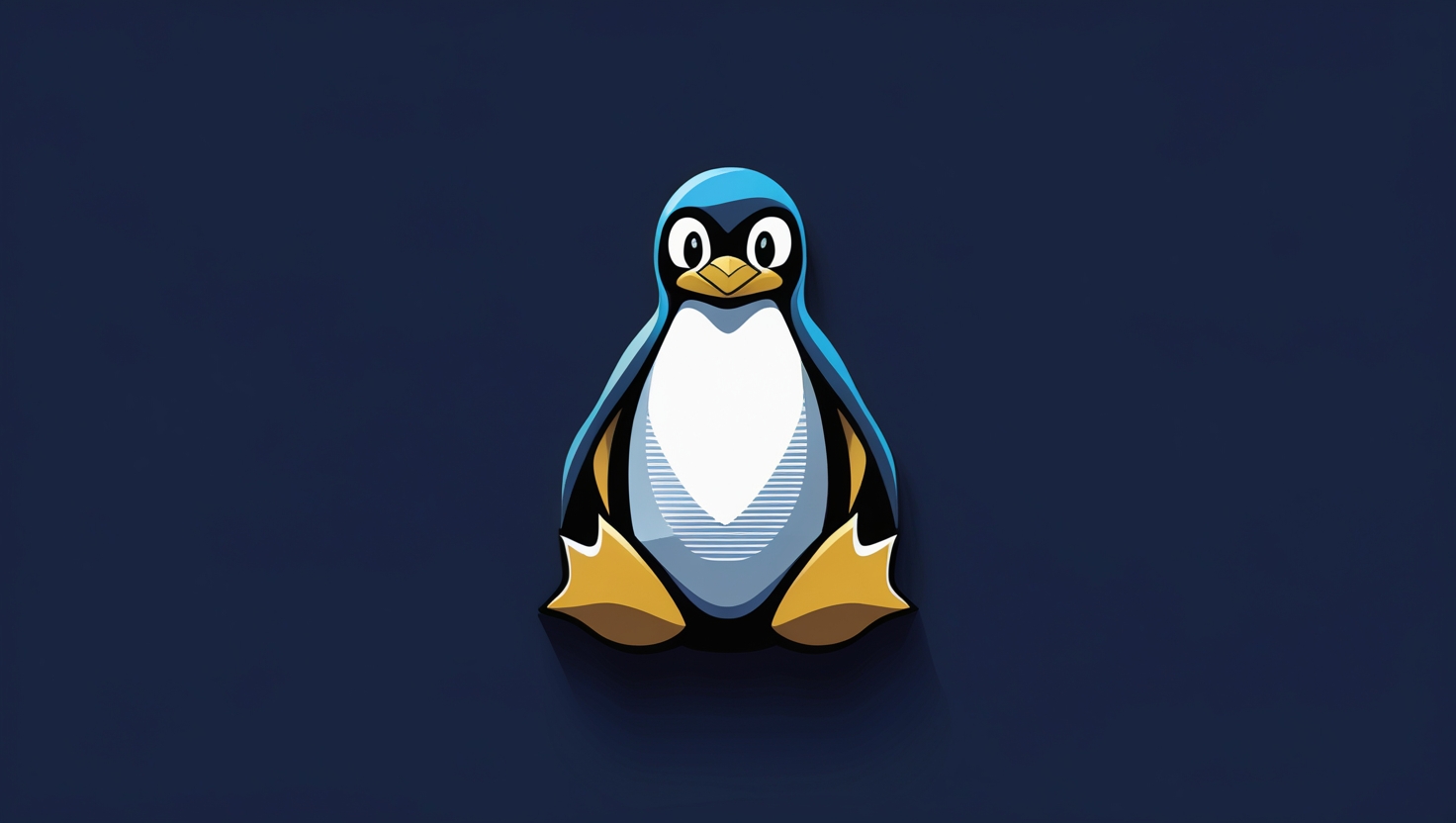From Curiosity to Confidence: How I Found My Way into Linux

Introduction:#
When people ask me how I got into Linux, I usually smile, because it wasn’t out of ambition or some deep technical calling. It all started with a really slow computer.
I was around 13 or 14 when a friend, already dabbling in systems engineering, told me “Hey, why not try Linux?” At the time, Windows ran like molasses on my old hardware. My friend was right, Linux might just be the fix I needed. So I gave it a shot and installed Ubuntu, having no clue that I had just cracked open the door to a whole new world.
The Shift: From Tinkerer to DevOps Explorer#
Years later, as I began transitioning into DevOps, Linux came back, not just as an option, but as a requirement. You can’t dive deep into DevOps without bumping into Linux constantly. It’s everywhere: servers, containers, cloud platforms, you name it. I knew that running it inside a virtual machine wouldn’t cut it anymore. I wanted the real experience.
That’s when I made a decision: I’d install Linux natively through dual boot, using a dedicated NVMe SSD just for it. I did my research, learned how messy it could get running two OSes on a single drive, and decided to go with the cleanest setup possible.
Distro Discovery: Finding My Flavor#
My first Linux distro? Ubuntu, of course, the go-to recommendation for beginners. But once I started digging deeper, I was shocked by the sheer number of options. Man, there are a lot of distros out there.
I tried CentOS and RHEL during my RHCSA studies, both solid, enterprise-grade systems. But I wanted something more bleeding-edge without losing professionalism. Enter: Fedora.
Fedora gave me the best of both worlds, a modern, frequently updated system with access to the dnf package manager, which aligned perfectly with my RHCSA prep and my long-term DevOps goals.
Breaking, Fixing, Learning#
Of course, it wasn’t all smooth sailing. My first battles were with Bluetooth connectivity, and later came the monster: Hyprland.
Hyprland opened the door to the world of ultra-customized Linux setups and also the need to learn .conf, .yaml, and .toml files. I broke my system more than once trying to get it right. One time I even had to reinstall everything from scratch. But I didn’t mind, it was part of the learning curve, and I genuinely enjoyed the process.
Thanks to my comfort with the terminal, I adapted quickly. I was already used to working in CLI environments before switching to Linux full-time. In fact, I’ll always take the terminal over a GUI for things like installing or updating software, it just feels faster, cleaner, and more powerful.
Linux Today: My Main Operating System#
These days, Linux is my daily driver. I do everything on it, coding, DevOps projects, system automation, shell scripting. The only times I switch to Windows are for design work (due to software limitations) or gaming (let’s be honest: Linux gaming has come a long way, but Windows still wins that battle… for now).
As for tools and commands I use the basics all the time: cd, ls -ltr, grep, find, and so on. My favorite terminal tool right now is Ghostty. It’s fast, clean, and super customizable, a must-have for someone like me who spends most of the day in the terminal.
One of my recent milestones was building a full CI/CD pipeline using Docker on Linux, all natively. That’s when it really hit me how powerful and stable Linux can be once you know your way around.
Looking Back (and Forward)#
If I could give one piece of advice to my younger self?
Stick with it. You’ll need it later, especially in DevOps. Learning Linux is like having superpowers at your fingertips.
And for anyone just starting out?
Know why you’re learning Linux. The distro you choose, the tools you learn, even the package manager you use, they all depend on your focus. I wanted something professional, modern, and compatible with dnf because I’m studying for the RHCSA and building a DevOps career. Your path might be different and that’s totally okay.
In the end, Linux isn’t just an operating system. It’s a mindset, one that rewards curiosity, persistence, and a willingness to learn by breaking things. And I wouldn’t have it any other way.